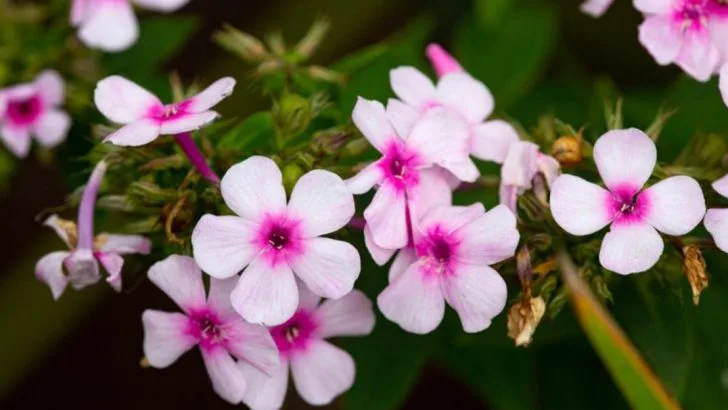August isn’t the end of the show—it’s the final act that steals it. While spring darlings fade and early bloomers bow out, these late-summer perennials step into the spotlight with zero hesitation. Think bold sedums, glowing goldenrod, and Russian sage that dances in the heat like it owns the garden. This isn’t about limp leftovers or tired colors. These plants thrive when others throw in the towel. If your beds are looking sleepy and beige by mid-August, it’s time to bring in the drama. These ten picks don’t whisper—they roar.
Sedum
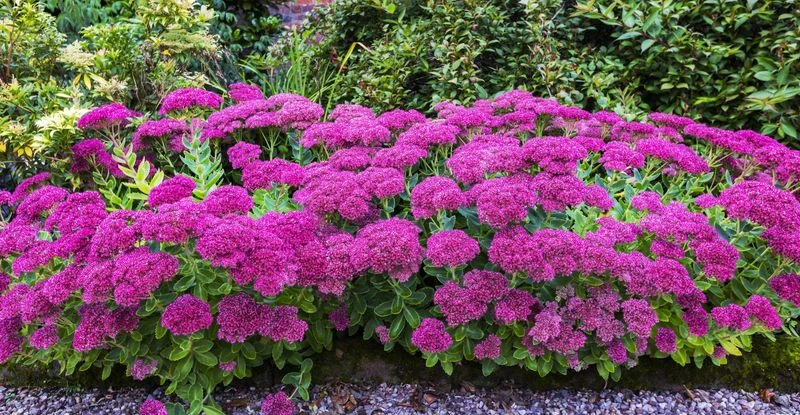
Sedum, often known as stonecrop, is a garden staple for late summer. Its clusters of starry flowers add a charming texture to any garden. Known for its resilience, Sedum thrives in sunny spots and poor soil. It offers a splash of pinks and reds that captivate the eye.
These low-maintenance plants are perfect for those who prefer a more hands-off approach to gardening. Sedum’s fleshy leaves store water, making it drought-tolerant. This adaptable perennial is not just for flower beds; it also works great in rock gardens and containers.
Goldenrod
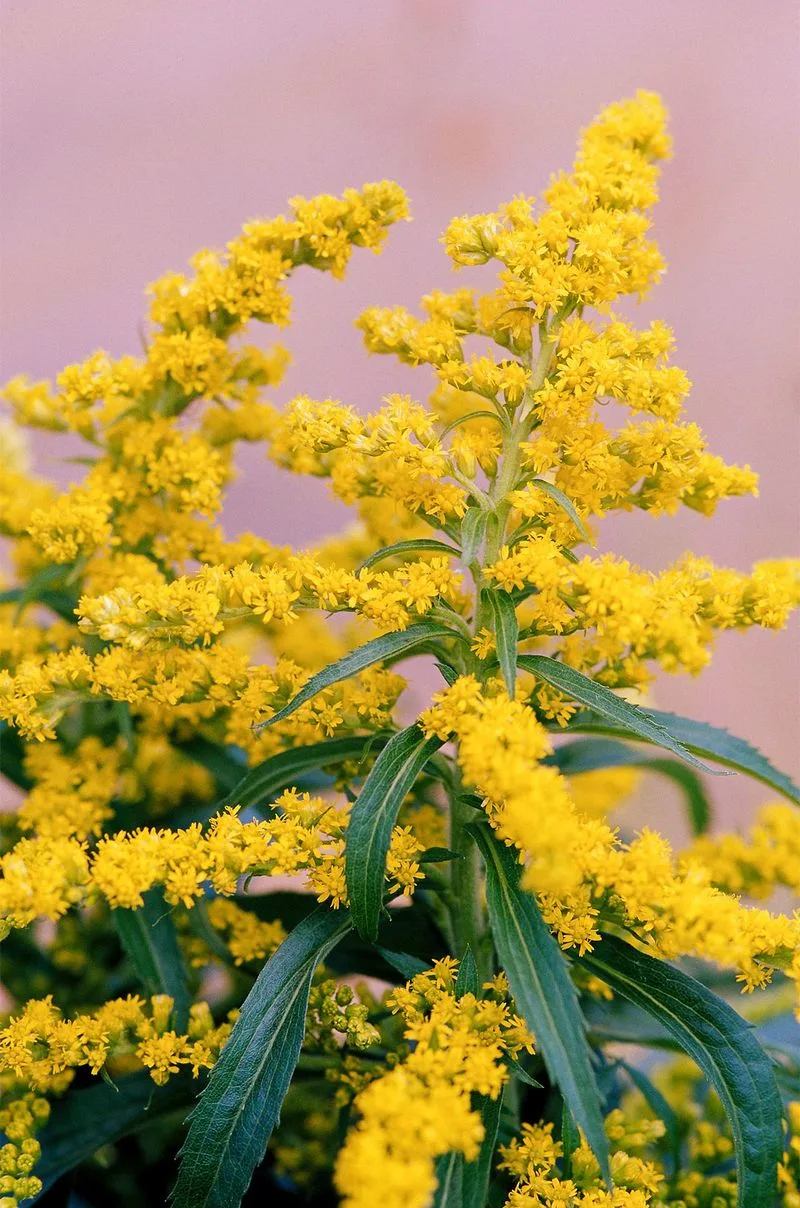
Goldenrod often gets blamed for late-season allergies, but it’s not the culprit! This sunny perennial brings an end-of-summer glow that’s hard to resist. Its tall stalks crowned with golden-yellow plumes are a beacon for pollinators.
Goldenrod’s diverse species can fit into any garden size. Whether in borders or wildflower gardens, it pairs beautifully with asters and ornamental grasses. Surprisingly, it adapts well to both dry and slightly moist locations, proving its versatility. Its vibrant color signals the start of a new season of beauty.
Russian Sage
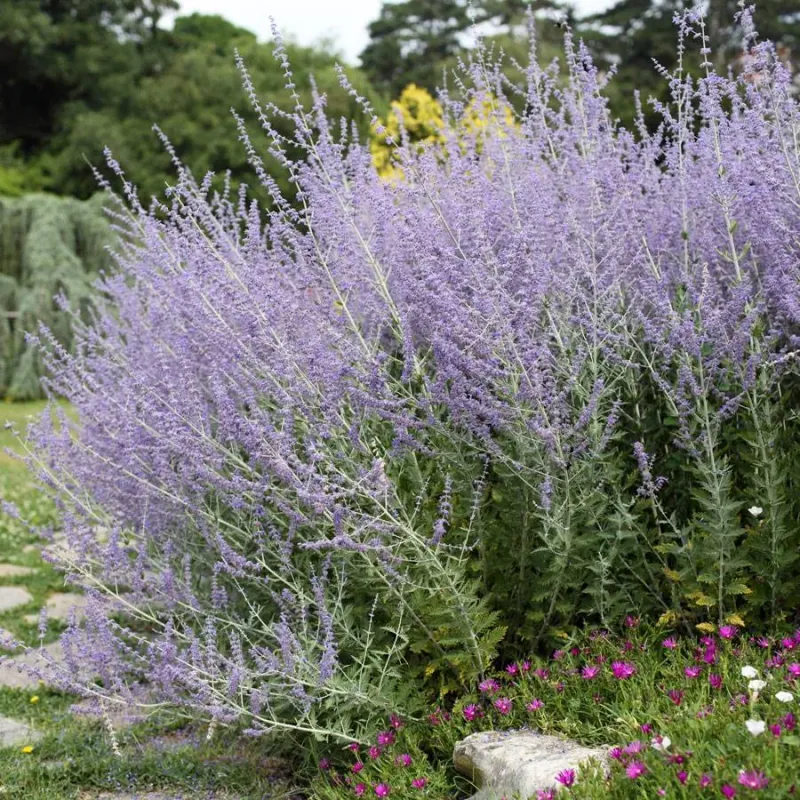
Russian Sage offers a misty cloud of lavender-blue that dances in the summer wind. Known for its airy, spiky appearance, it brings a sense of movement to static garden beds. Its aromatic leaves release a pleasant scent when brushed.
This perennial is a favorite for its ability to thrive in dry, sunny conditions. It complements other perennials and adds a soft, silvery hue that highlights its neighbors. Russian Sage’s long-lasting blooms can endure through the heat of August, making it a reliable choice for continuous color.
Echinacea (Coneflower)
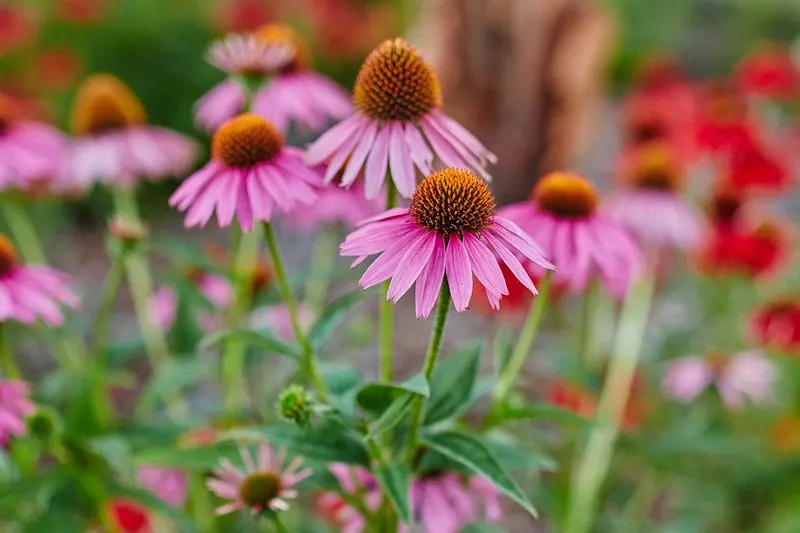
Echinacea, or coneflower, stands proud with its daisy-like petals arrayed around a spiky central cone. This charismatic perennial is not only visually appealing but also attracts butterflies and bees.
Echinacea comes in a variety of colors, from traditional purples to bright yellows. Its sturdy stems make it an excellent choice for cut flowers, ensuring indoor enjoyment. Known for its medicinal properties, echinacea is also a gardener’s ally in promoting pollinator health. Its resilience to drought and poor soil ensures it stands the test of time.
Black-Eyed Susan
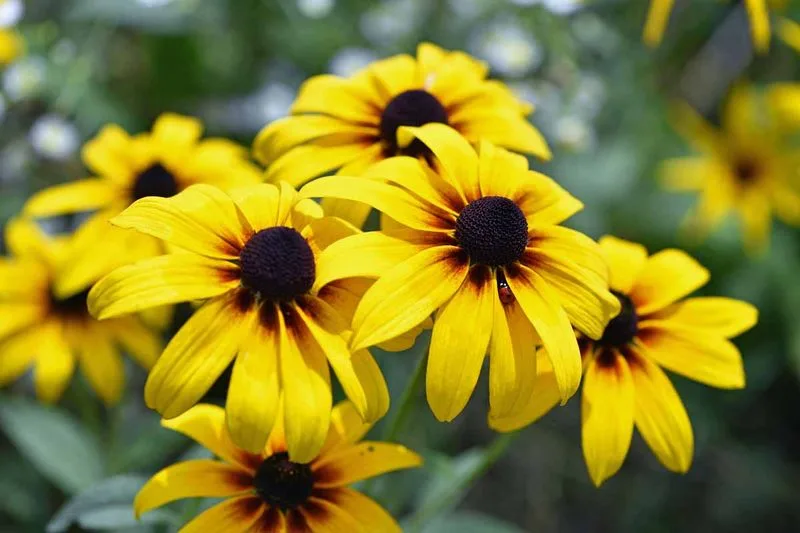
Black-Eyed Susans are like sunbursts in the garden. Their bright yellow petals surrounding deep brown centers create a stunning contrast. Symbolizing justice and fairness, these flowers are often used in naturalistic plantings.
They thrive in full sun and are drought-resistant, making them a tough yet beautiful addition. Black-Eyed Susans are known for their long blooming period, stretching from mid-summer to fall. Their cheerful presence is a favorite among gardeners who appreciate low-maintenance yet impactful plants.
Japanese Anemone
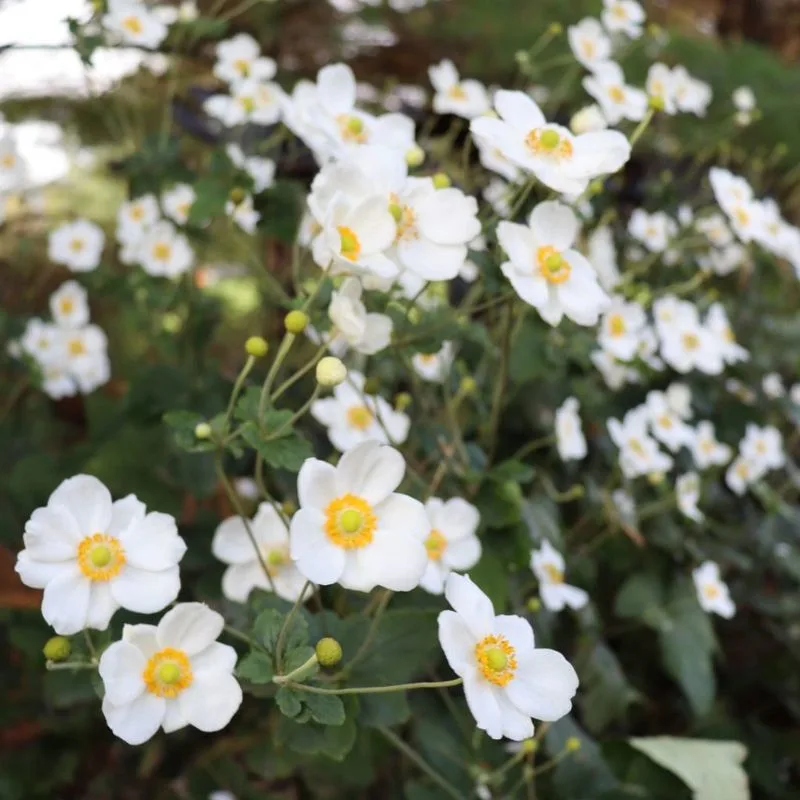
Japanese Anemones bring a touch of elegance with their airy blooms on tall, slender stems. These late bloomers fill the garden with pastel shades when other flowers begin to fade. Their nodding flower heads create a whimsical feel.
Preferring partial shade, they thrive in woodland settings or shaded borders. Japanese Anemones are deer-resistant, adding to their appeal. Their ability to establish and spread over time makes them ideal for naturalizing in gardens seeking a soft, romantic look. They are a late-season showstopper.
Helenium
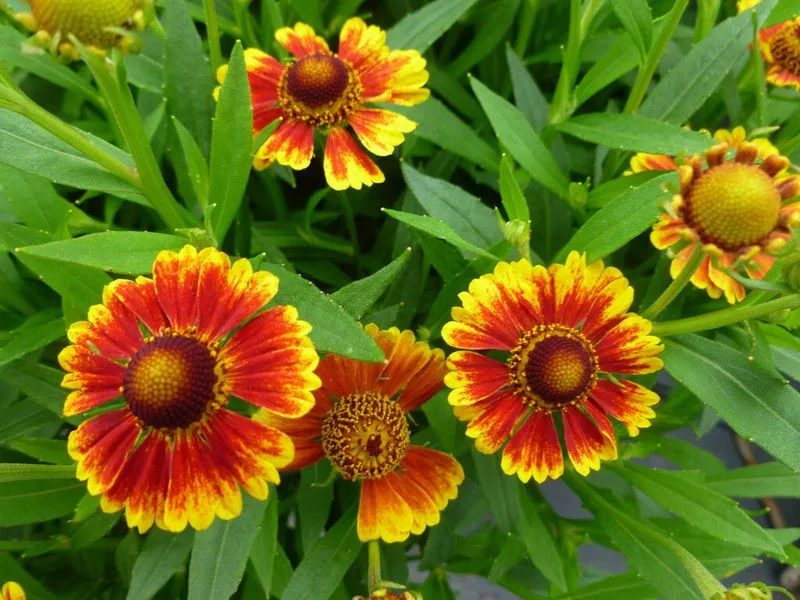
Helenium, often known as sneezeweed, bursts into fiery blooms just as summer fades. Its warm reds, oranges, and yellows enliven any garden. Named after Helen of Troy, it’s said to have sprung from her tears.
This perennial is a magnet for bees and butterflies, adding life to the garden. Helenium thrives in full sun and prefers rich, well-drained soil. With its robust nature, it’s a strong contender for mixed borders. Its cheerful colors and longevity make it a must-have for late-summer vibrancy.
Aster
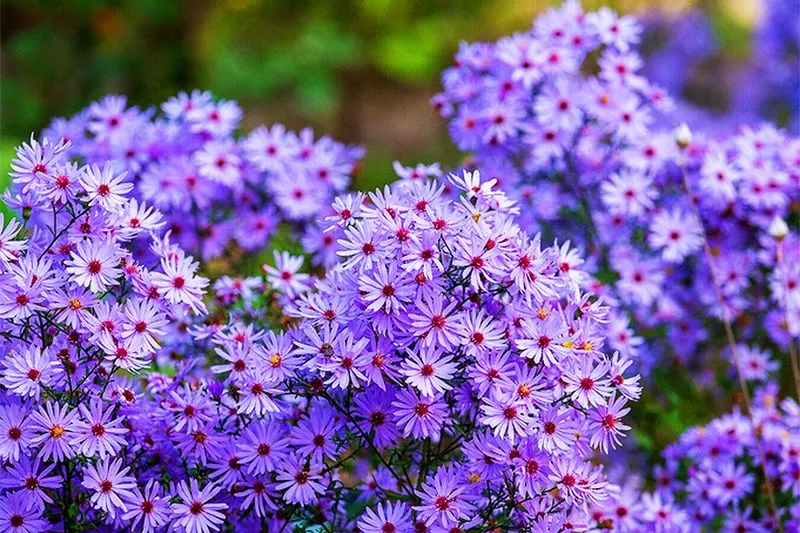
Asters are the grand finale of the summer garden, offering a rich tapestry of colors. These mounding perennials are known for their star-shaped flowers that symbolize love and patience.
Their blooms come in shades of purple, blue, white, and pink, attracting butterflies and adding diversity. Asters prefer well-drained soil and full sun to part shade. They are perfect for borders and provide excellent cut flowers. Their late-season blooming ensures that the garden remains lively as autumn approaches.
Joe-Pye Weed
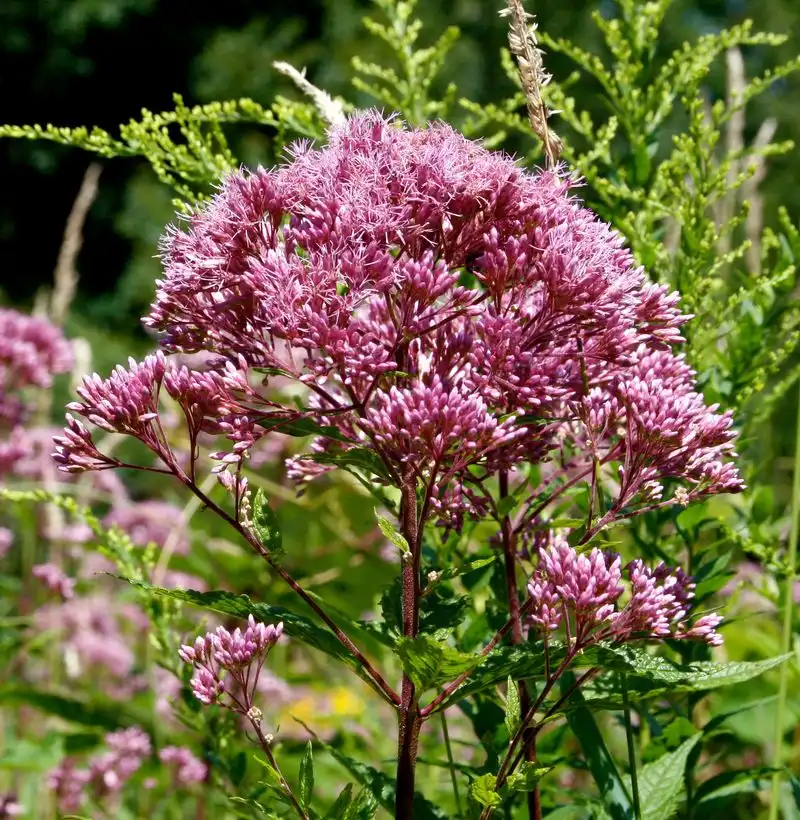
Joe-Pye Weed towers in the garden, with its tall stems and clusters of mauve blossoms. Named after a Native American herbalist, it has historical significance as a medicinal plant.
This perennial thrives in moist conditions, making it suitable for rain gardens or near water features. Its height and color provide structure and contrast, drawing in butterflies and pollinators. Joe-Pye Weed’s adaptability and ease of growth make it a favorite among those looking to add vertical interest and natural charm.
Phlox
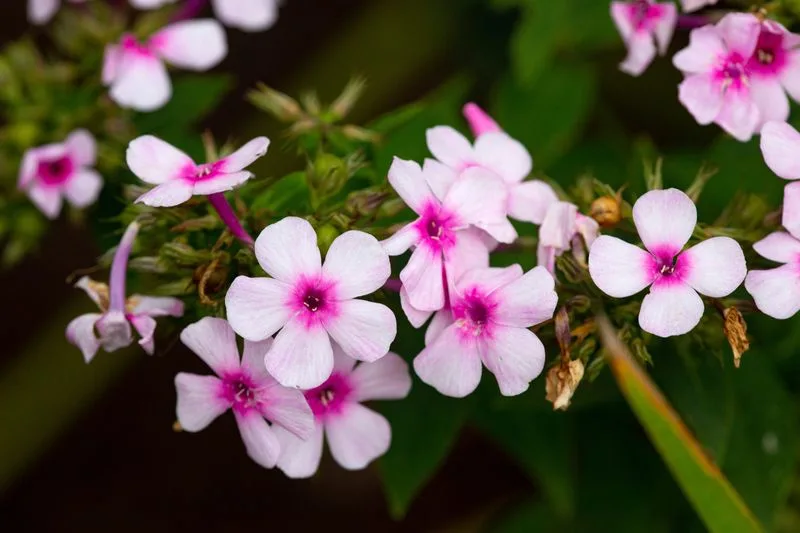
Phlox is the epitome of late-summer romance, with its fragrant clusters of blooms that blanket the garden in color. This enchanting perennial comes in many hues, from soft pastels to vivid reds and purples.
Phlox prefers sunny locations with rich, well-drained soil. It’s a favorite for cottage gardens, providing a splash of color and a sweet fragrance. Its resistance to mildew and long flowering season make it a reliable choice. Phlox’s soft beauty and charm are timeless, ensuring it remains a beloved classic.

